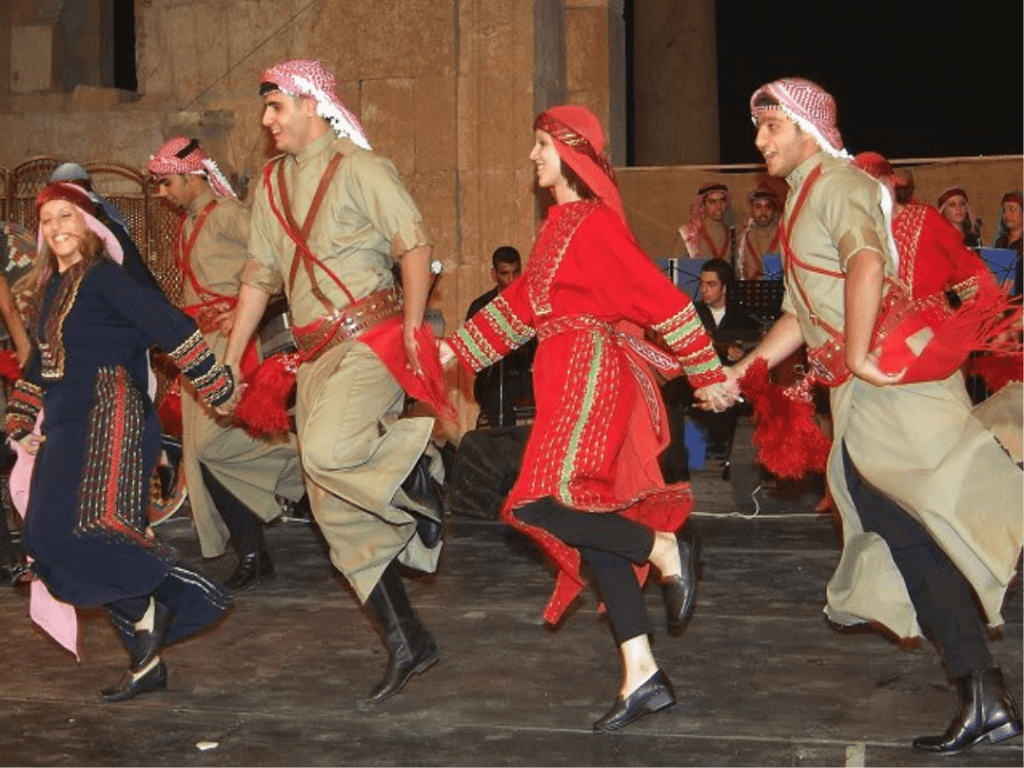Welcome to a vibrant journey into the heart of Jordan culture through its beautiful and symbolic attire! Jordan traditional clothing is more than just fabric and thread; it’s a reflection of history, identity, and the deep-rooted traditions of the Jordanian people. Understanding the nuances of traditional clothes in Jordan offers a fascinating glimpse into the Kingdom’s rich heritage. This article will guide you through the key elements of Jordan traditional clothes and Jordanian traditional clothing, providing insights into their significance and evolution.
The Thobe: A Timeless Garment
The thobe (ثَوْب), also known as a dishdasha or kandura in other Arab regions, is a staple of Jordan traditional clothing for both men and women, though styles and embellishments differ significantly.
Men’s Thobe:
- Typically a long-sleeved, ankle-length robe, usually white or light-colored, especially for everyday wear.
- Made from comfortable fabrics like cotton, especially suited to the Jordanian climate.
- Often paired with a head covering.
Women’s Thobe:
- More elaborate and diverse in design, often featuring intricate embroidery (تَطْرِيز – tatreez) that varies regionally and can signify social status or occasion.
- Fabrics can range from simple cotton to more luxurious silks and velvets, especially for special events.
- Colors are often vibrant and symbolic.
Head Coverings: Symbols of Identity and Tradition
Head coverings are an integral part of Jordan culture and Jordan traditional clothing for both men and women.
Men’s Headwear:
- Keffiyeh (كُوفِيَّة): A square scarf, usually made of cotton or wool, folded and worn in various styles. The red and white checkered pattern is particularly associated with Jordan. It provides protection from the sun, wind, and dust.
- Agal (عِقَال): A black cord worn on top of the keffiyeh to hold it in place. Its thickness and style can sometimes indicate tribal affiliation or social standing.
Women’s Headwear:
- Hijab (حِجَاب): A veil that covers the head and chest, worn by many Muslim women as a symbol of modesty and religious observance. Styles and colors vary.
- Niqab (نِقَاب): A veil that covers the face, often worn in addition to the hijab, leaving only the eyes visible.
- Shayla (شَّيْلَة): A long, rectangular scarf draped over the head and shoulders, often made of lightweight fabric.
The Abaya: An Elegant Outer Garment for Women
The abaya (عَبَايَة) is a common outer garment for women in Jordan, particularly in more traditional or formal settings.
- Typically a long, loose-fitting cloak that covers the body from shoulders to ankles.
- Can be simple and black for everyday wear or more elaborately decorated with embroidery, beadwork, or other embellishments for special occasions.
- Often worn over other clothing.
Regional Variations and Traditional Costumes
While the thobe and head coverings are widespread, Jordan traditional clothing also features distinct regional variations and specific costumes worn for celebrations and cultural events.
- Bedouin Attire: Reflects the nomadic desert lifestyle, often featuring practical and comfortable garments made from natural materials. Embroidery may incorporate tribal symbols.
- Rural Costumes: In agricultural regions, traditional clothing might be adapted for practicality in the fields, with unique patterns and colors reflecting the local environment.
- Ceremonial Wear: Weddings and festivals often see the display of elaborate and colorful traditional costumes, showcasing intricate embroidery and embellishments passed down through generations. These garments are a proud display of Jordan culture.
Embroidery: A Language of Art and Identity
Embroidery (تَطْرِيز – tatreez) is a significant art form within Jordan traditional clothing, particularly for women’s garments.
- Patterns and motifs are often geometric or inspired by nature, carrying symbolic meanings related to heritage, social status, or marital status.
- Regional variations in embroidery styles are distinct and highly recognizable.
- The skill of embroidery is often passed down from mother to daughter, preserving cultural traditions.
The Significance of Jordan Traditional Clothing
Jordanian traditional clothing is more than just attire; it’s a powerful symbol of:
- Cultural Identity: It connects Jordanians to their history and heritage.
- Religious Values: Modesty and tradition are often reflected in the styles.
- Social Customs: Dress can sometimes indicate social status, marital status, or tribal affiliation.
- Artistic Expression: Embroidery and design showcase the creativity and skill of Jordanian artisans.
Understanding Jordan traditional clothing provides a valuable window into the rich Jordan culture. By appreciating these garments, you gain a deeper understanding of the Kingdom’s history, values, and the enduring spirit of its people.
To further explore the fascinating aspects of Jordan culture and language, we invite you to visit www.kaleela.com. Our platform offers engaging lessons and cultural insights to enrich your learning experience. Download the Kaleela Arabic learning app today and immerse yourself in the beauty of the Arabic language and the vibrant traditions of Jordan!



